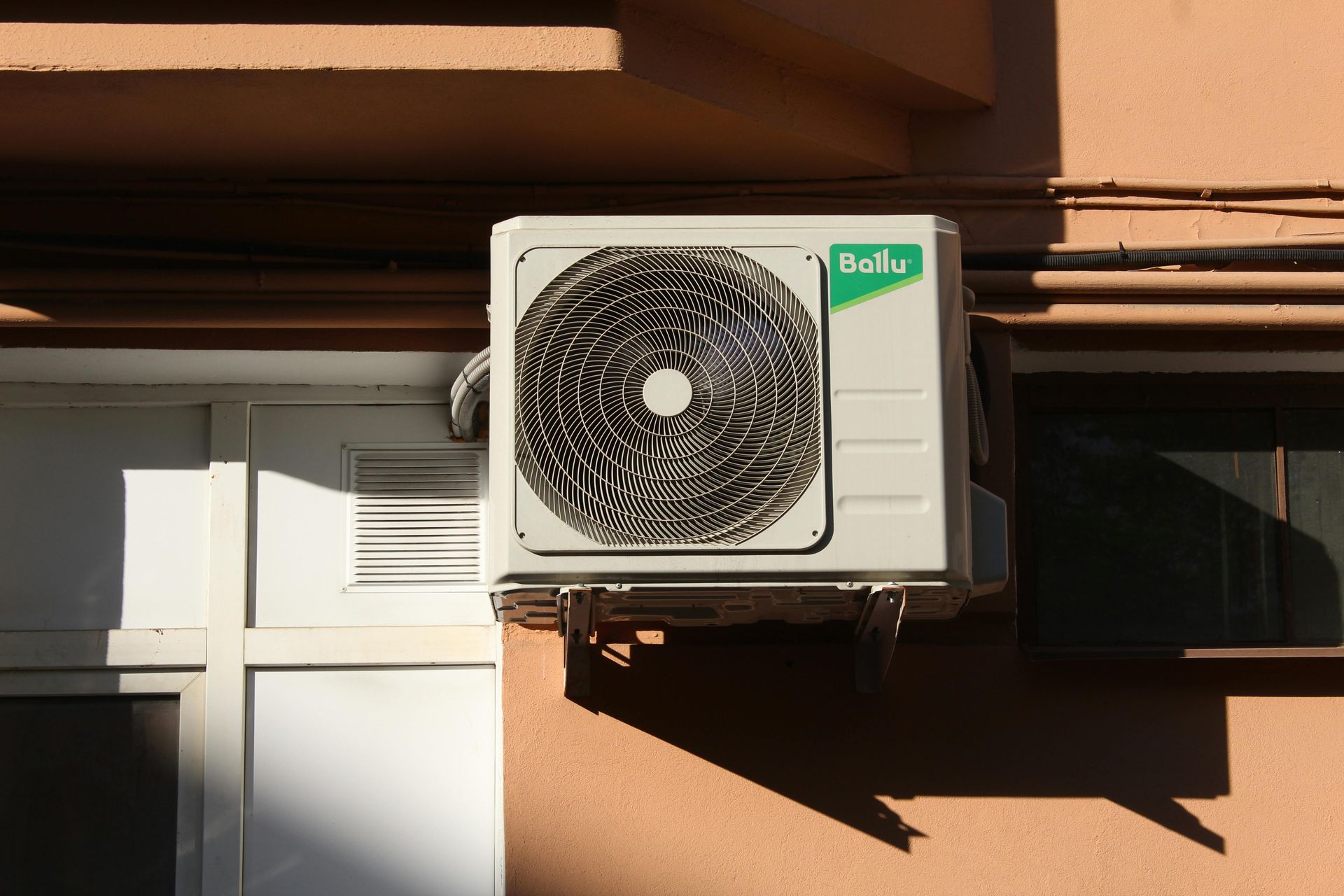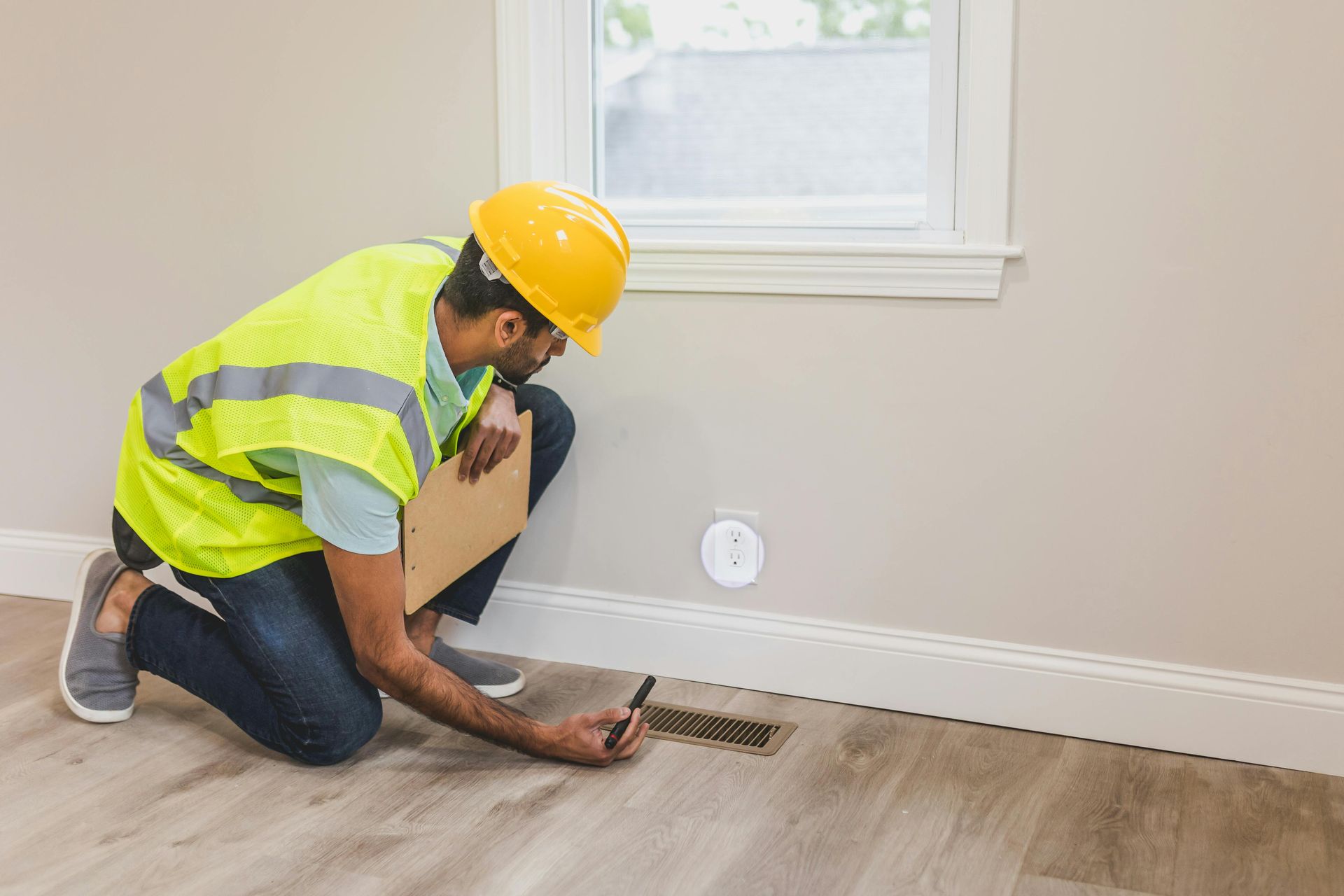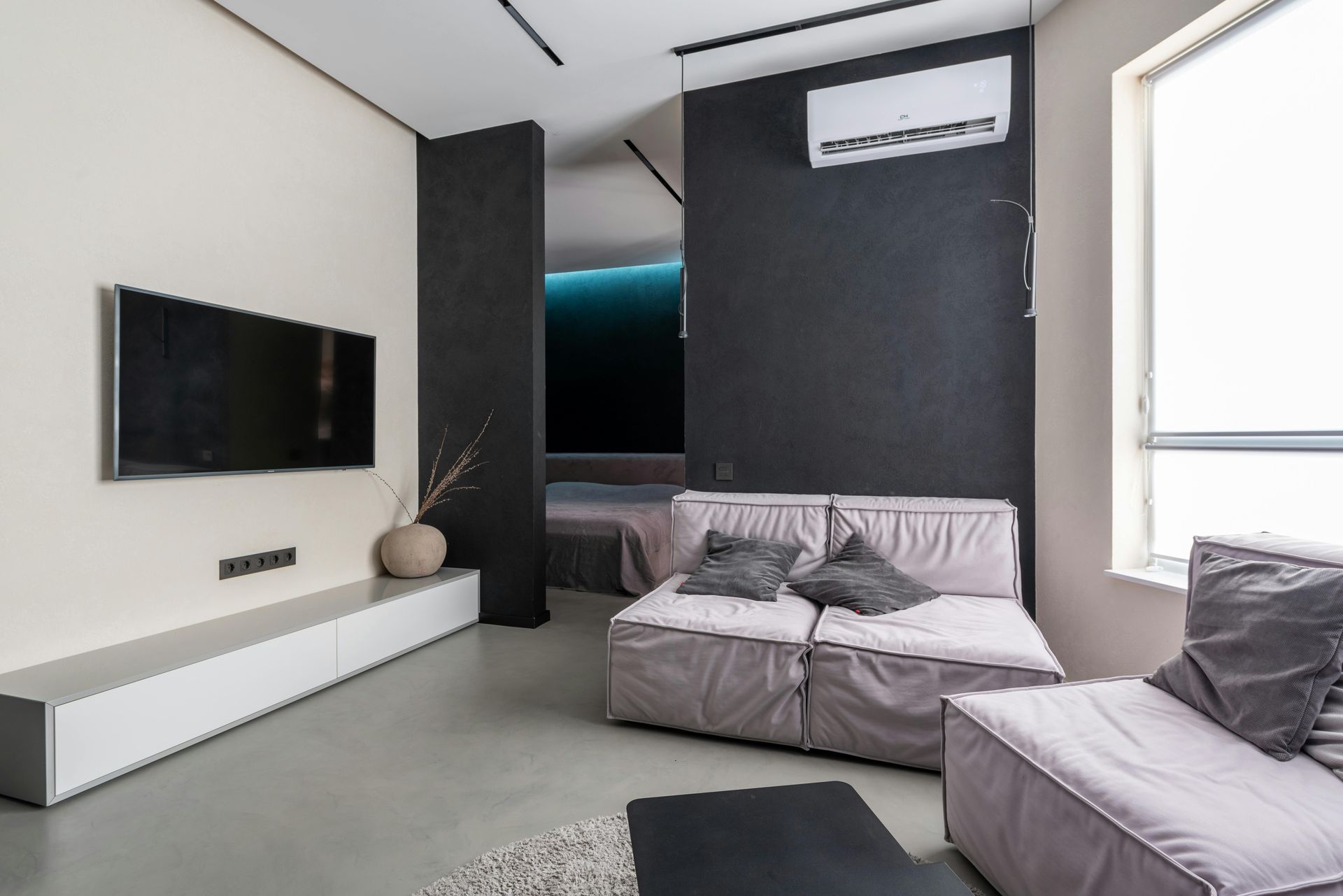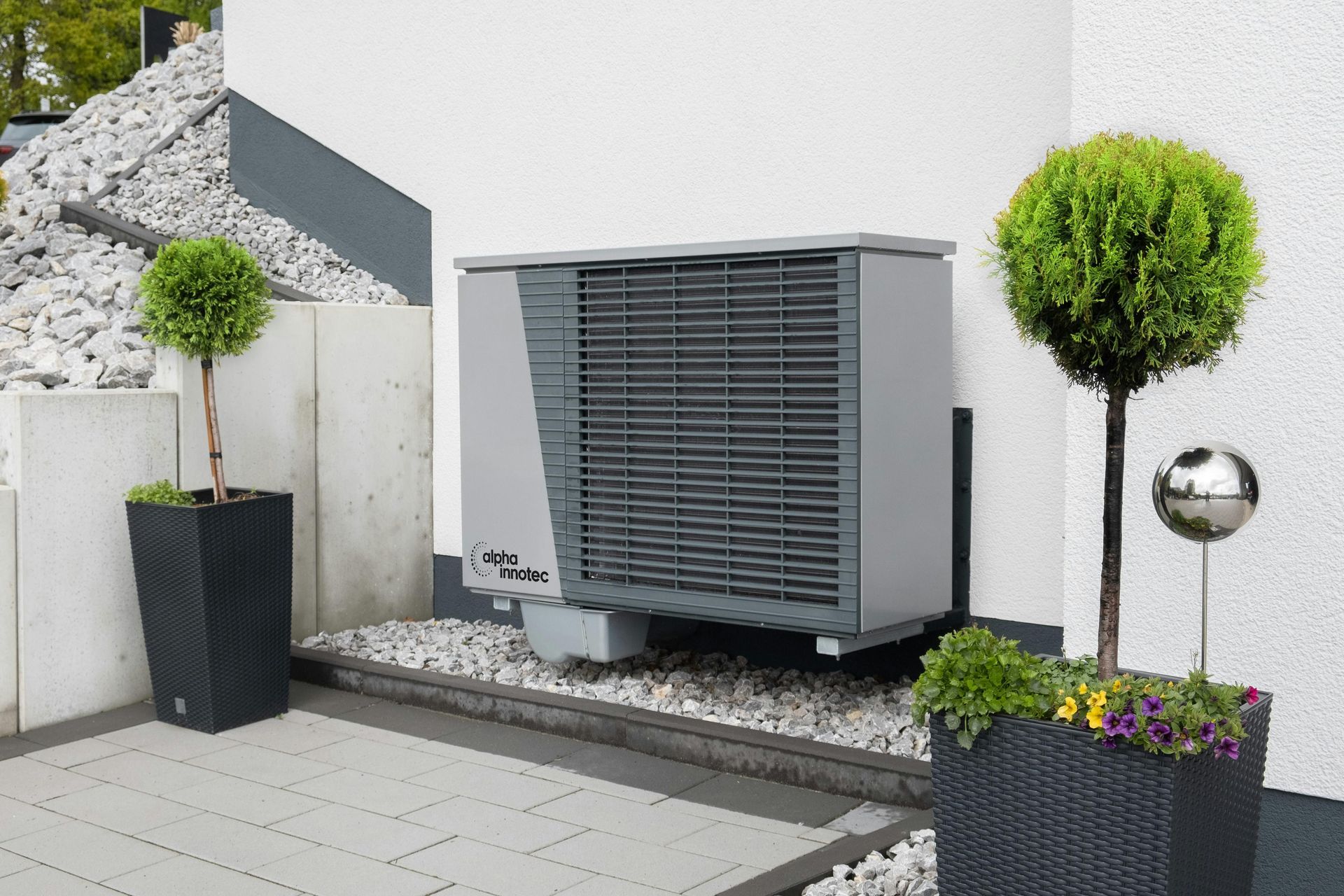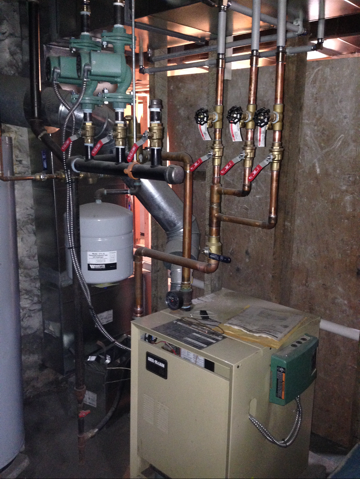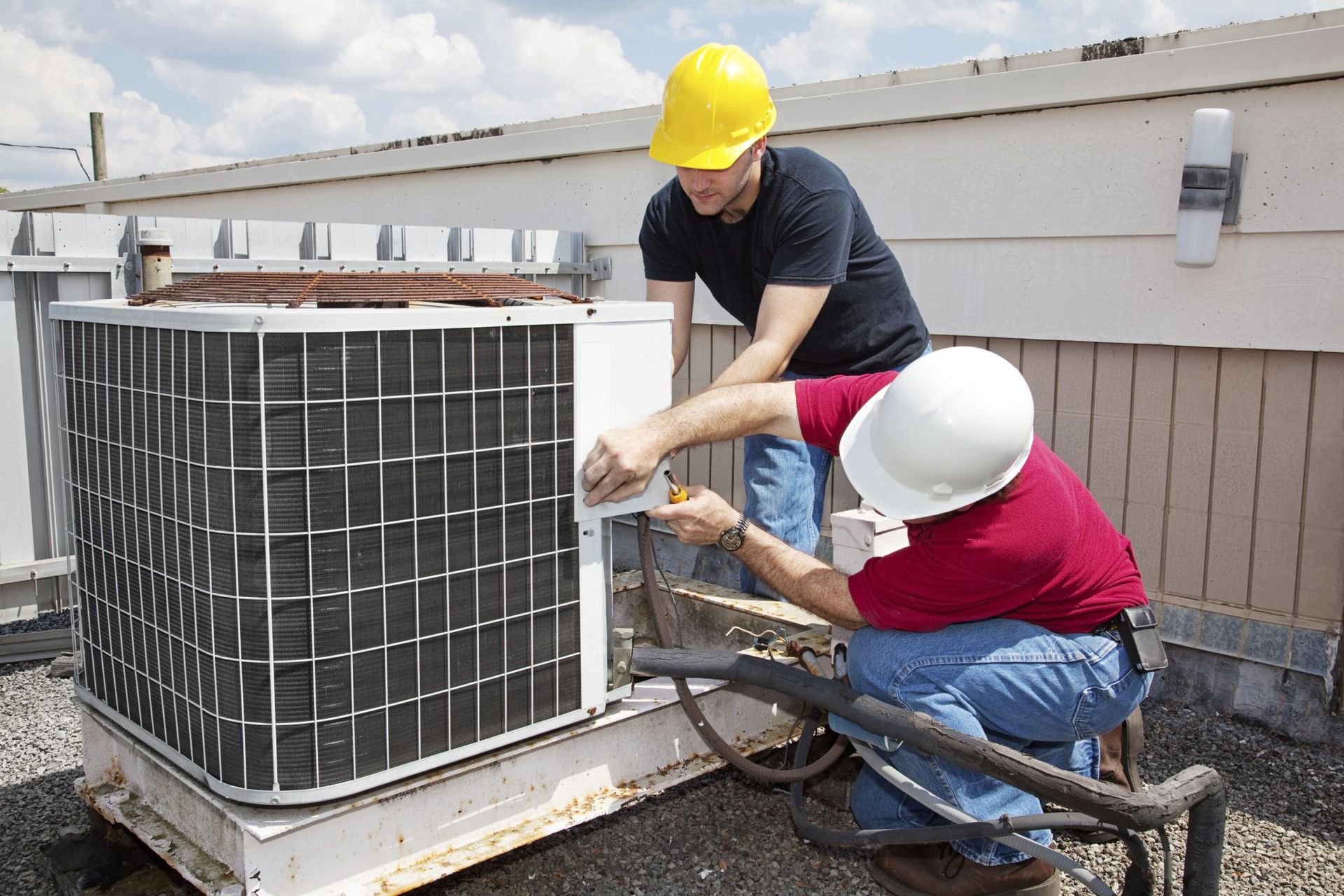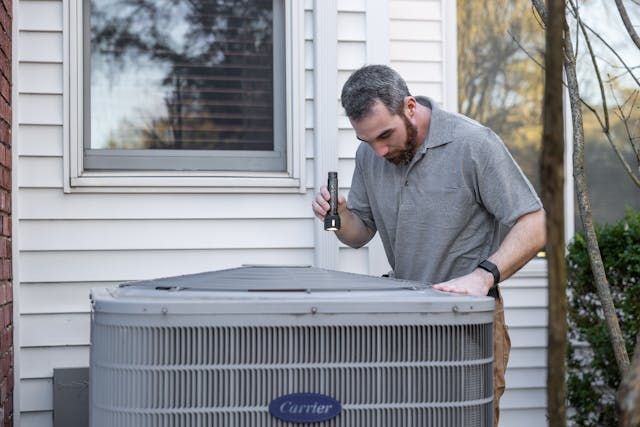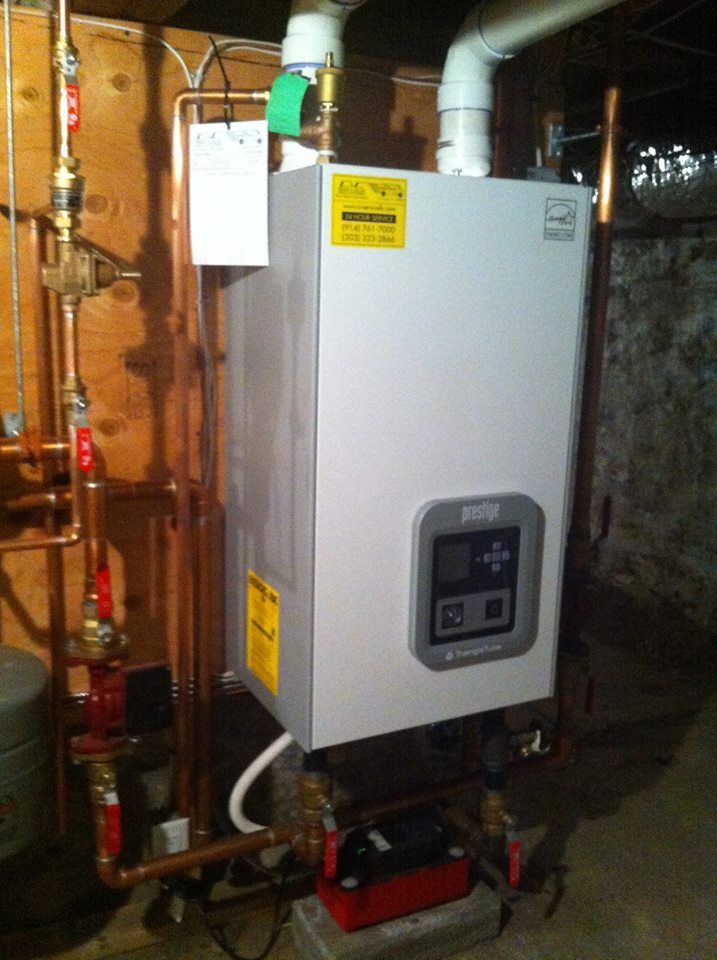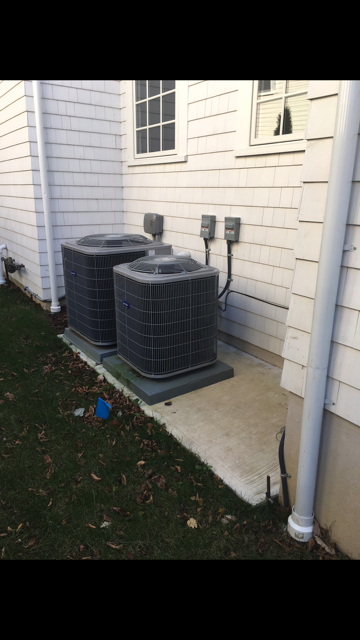Tips for Coordinating With an HVAC Repair Service
If the heating, ventilation, and air conditioning (HVAC) unit is short-cycling, your system may need to be repaired. C&C Service offers HVAC repair services, including emergency heating repair. Here are several tips for coordinating with an HVAC repair service:
1. Identify the Problematic Symptoms
Understanding the symptoms of a malfunctioning heating or air conditioning unit helps you know when to contact an HVAC team for emergency heating repair or air conditioning repair. Other signs include:
- Strange smells: A constant burning smell is abnormal and is a sign that your heating system is not working correctly. Electrical smells or plastic smells indicate wiring or overheating problems.
- Unusual pilot light colors: A blue flame for a gas-powered furnace shows that the furnace is functioning properly. Purple, orange, or red flames mean a problem with the gas, such as the gas not burning cleanly.
- Banging noises: Banging, buzzing, or clanging noises mean an issue with the parts or the ignition system. This includes broken or loose parts or worn belts.
- Constant thermostat adjustments: Thermostats inform the system whether to heat or cool your house. The repair technicians can check your thermostat to see if it requires a new battery or recalibration.
Sudden changes in energy bills or a lack of air from vents are other signs your system needs to be fixed. Chemical or rotten smells mean a carbon or gas leak, which needs to be repaired as soon as possible. If you notice any of these symptoms in your home, contact a repair service immediately. Discuss the problems you are experiencing. Repairing issues early prevents a complete system shutdown and further energy waste.
2. Find a Contractor Familiar With Your System
Find an HVAC contractor who has experience working with the type of system you have. This allows them to correctly diagnose the problem and make repairs more quickly. If the faulty system is in your home, look for a repair team that specializes in residential heating and cooling. C&C Service offers residential and commercial solutions. We work with a variety of HVAC models, including Mitsubishi, Carrier, Trane, Rheem and other older models that are no longer being produced.
3. Schedule a Convenient Repair Time
When working with an HVAC repair company, schedule repairs for a time you will be home. The repair technicians may need you to point out where your unit is located, open gates or doors, and discuss repair or upgrade options with you. Contractors such as C&C Service offer 24/7 repair and maintenance services, allowing you to choose a time that works for your schedule. If your region is experiencing a cold spike or a rise in temperatures, schedule HVAC repairs as soon as possible.
4. Ask Questions About the Process
Ask your selected contractor questions about the repair process and what they require from you. The repair process includes completing an evaluation of the system and checking for dirty filters, clogged lines, and broken parts. The technicians will also check the circuit breaker. To complete this evaluation, the contractor will need clear access to your home and HVAC system. To prepare for the technicians, open entrance gates, move anything blocking access to your system, and clear walkways. This makes the repair process smoother for the technicians and your household.
After the problems have been diagnosed, the technicians can go over the repair requirements with you in depth. Ask clear questions and seek clarification if needed. If your system constantly breaks down, you may require a system upgrade. The contractor can discuss your options with you, including energy-saving upgrades. C&C Service offers free upgrade estimates for our customers.
5. Discuss Your Maintenance Plan
Ask the technicians if maintenance plans are available. Professional maintenance services allow contractors to find and repair potential issues early, preventing more severe damage to your system. Maintenance services include cleaning filters, checking refrigerant levels for AC units, and examining lines. C&C Service also offers a Preferred Customer Program with seasonal maintenance options.
Schedule Emergency Heating Repair Today
Our company offers comprehensive HVAC installation and maintenance services. We can install heat pumps, boilers, and air conditioning units. To schedule HVAC repair services, including emergency heating repair, with C&C Service, we invite you to give us a call or fill out our online form today.

